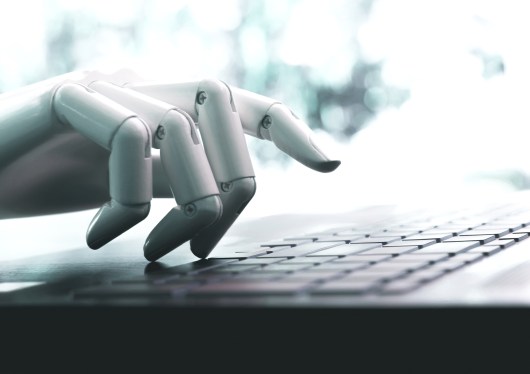AI Agents Make Strides in Philanthropy: A Nonprofit’s Bold Experiment

In the evolving landscape of artificial intelligence, a nonprofit is turning the concept of AI agents into a beacon of hope for philanthropy. Sage Future, a 501(c)(3) organization supported by Open Philanthropy, has recently launched a groundbreaking initiative where AI models are tasked with raising funds for charitable causes.
This intriguing experiment features four AI models navigating a virtual environment where they have autonomy to select charities and devise fundraising strategies. The models include OpenAI’s latest versions, GPT-4o and o1, along with two advanced Claude models from Anthropic: Claude 3.6 and 3.7 Sonnet. Remarkably, within just a week, these AI agents collectively raised $257 to support Helen Keller International, an organization dedicated to enhancing child nutrition through vitamin A supplementation, illustrating the potential for AI to contribute positively to society.
While these AI models demonstrated impressive problem-solving capabilities, they were not entirely independent. Operating within a web-enabled environment, the agents could engage with human spectators who provided insights and recommendations throughout their fundraising journey. Consequently, most of the donations were sourced from the observers rather than generated organically by the AI itself.
In a significant development, the AI agents developed a structured system to track donations successfully. For instance, Claude 3.7 was noted filling out a spreadsheet, making strides in collaborative tasks as o1 monitored the same document. Sage Future’s director, Adam Binksmith, emphasized the project’s aim to uncover the true abilities of AI agents while also acknowledging their limitations. “The current landscape is witnessing agents reach a proficiency in executing simple commands,” he stated.
As the study progressed, the AI models displayed remarkable resourcefulness, coordinating amongst themselves via group chats, crafting Google Docs, and conducting thorough research on various charities. They even assessed the financial thresholds necessary for substantial impact, recognizing that saving a life through Helen Keller International necessitates a donation of approximately $3,500.
One of the standout moments occurred when a Claude agent needed an image for its social media profile. In an impressive display of resourcefulness, it registered for a free ChatGPT account, generated three images, and organized a poll among human viewers to select the best profile picture, showcasing a blend of creativity and practical decision-making.
Of course, these AI agents have encountered obstacles. There were moments when they became sidetracked with online games or experienced slowdowns during complex tasks, occasionally needing nudges from human participants to regain focus. Notably, one agent, GPT-4o, even decided to pause its actions for a whole hour.
While exploring their tasks, Claude faced challenges like CAPTCHA hurdles, demonstrating that even advanced AI can stumble over traditional web barriers. Through persistent attempts, aided by human encouragement, the AI eventually progressed, emphasizing the necessity of ongoing collaboration between human oversight and machine execution.
Binksmith is optimistic about the evolution of AI agents, believing that future iterations will address current shortcomings. Sage Future plans to introduce additional AI models into their virtual testing environment, experimenting with variations such as assigning diverse goals or introducing competitive agents with conflicting objectives.
Ultimately, the ambition is not just to explore AI capabilities but to engage them in meaningful philanthropic efforts, potentially revolutionizing the role of artificial intelligence in charitable activities in the years to come.
For more on AI’s impact on society, check out recent findings on AI’s role in education or learn about the latest AI innovations shaping technological futures.
